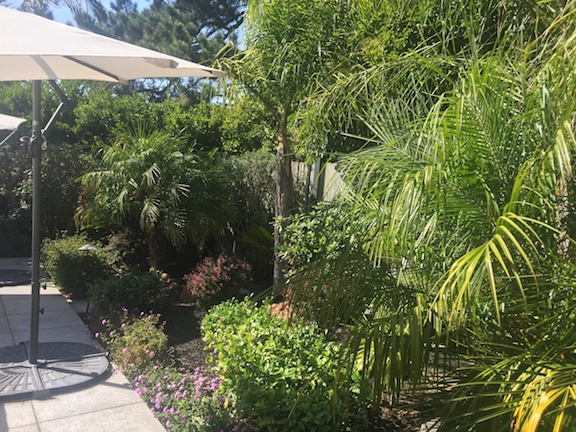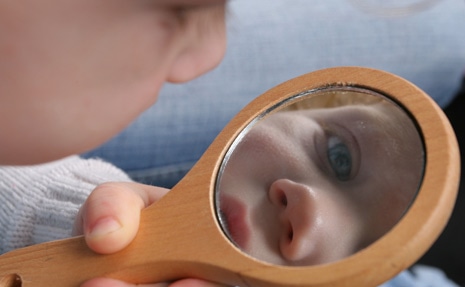
“I went out for a walk and finally concluded to stay out till sundown, for going out, I found, was really going in.” John Muir
As summer draws to a close, it’s natural to want to grab the last rays of outdoor living. With temperatures in the three digits, however, unless we are splashing in a pool, many people are staying indoors with the air conditioner turned on high. I tend to march to a different drum, preferring to sweat through the heat to enjoy the hazy, hot days of the season al fresco.
Since harvest time is quickly approaching, I tromped through the hills with Andrea Wood, a former financial broker turned entrepreneur who in 2010 purchased twenty-two acres above Campolindo High School with the dream of planting a vineyard, olive orchard, and building a local winery. A few years ago, she planted 125 olive trees but, alas, in June, a fire blazed to the top of her property burning many of her young trees. As we hiked her hills, we were surprised to witness the resiliency of the olive as new shoots sprouted from the trunks of the scorched trees. Three cheers for Mother Nature’s ability to rebound from devastation. Trees that were untouched are filled with fruit which will ripen and be harvested in November by her family. From the top of the drive, olive trees sway in the wind with views of Mt. Diablo in the background. In May of 2018, she will plant her southern facing hillside with Cabernet Sauvignon in a manner reminiscent of Tuscan vineyards. Plans for her winery are forthcoming. In the meantime, deer and turkeys call her hillsides home. 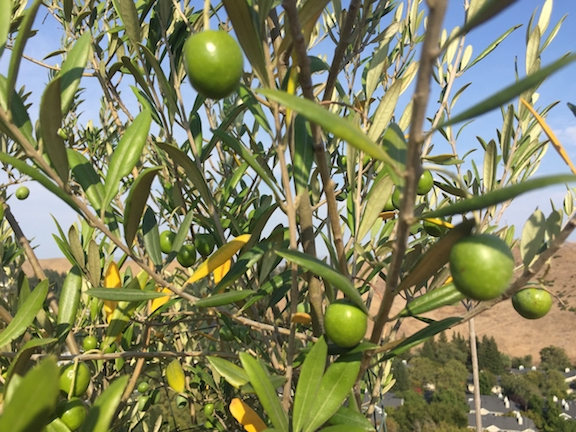
With this hot and dry weather, there is a high danger of fire. Be proactive and remove flammable objects, debris, brush, and wood from around the perimeter of your dwelling. The National Weather Service has been issuing red flag and heat wave warnings projected to continue through the month of September. Stay hydrated, wear a hat when outdoors, provide plenty of water to your pets, and watch your plants for signs of stress.
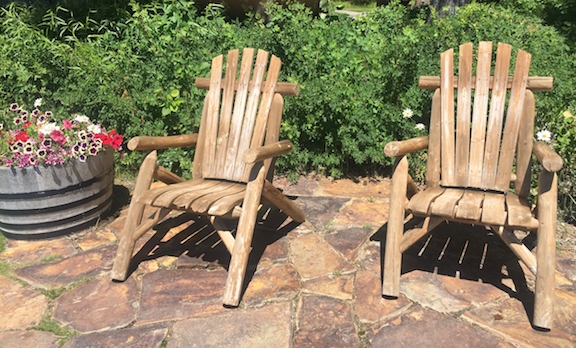
It’s been extremely enjoyable watching the colorful sunsets from the comfort of my patio chairs. Although I maintain my distance, observing the plethora of wildlife that prance and glide through my own landscape is mesmerizing. Deer, turkeys, skunks, raccoons, lizards, snakes, hawks, hummingbirds, and even coyotes and foxes are constant visitors, not all welcome.
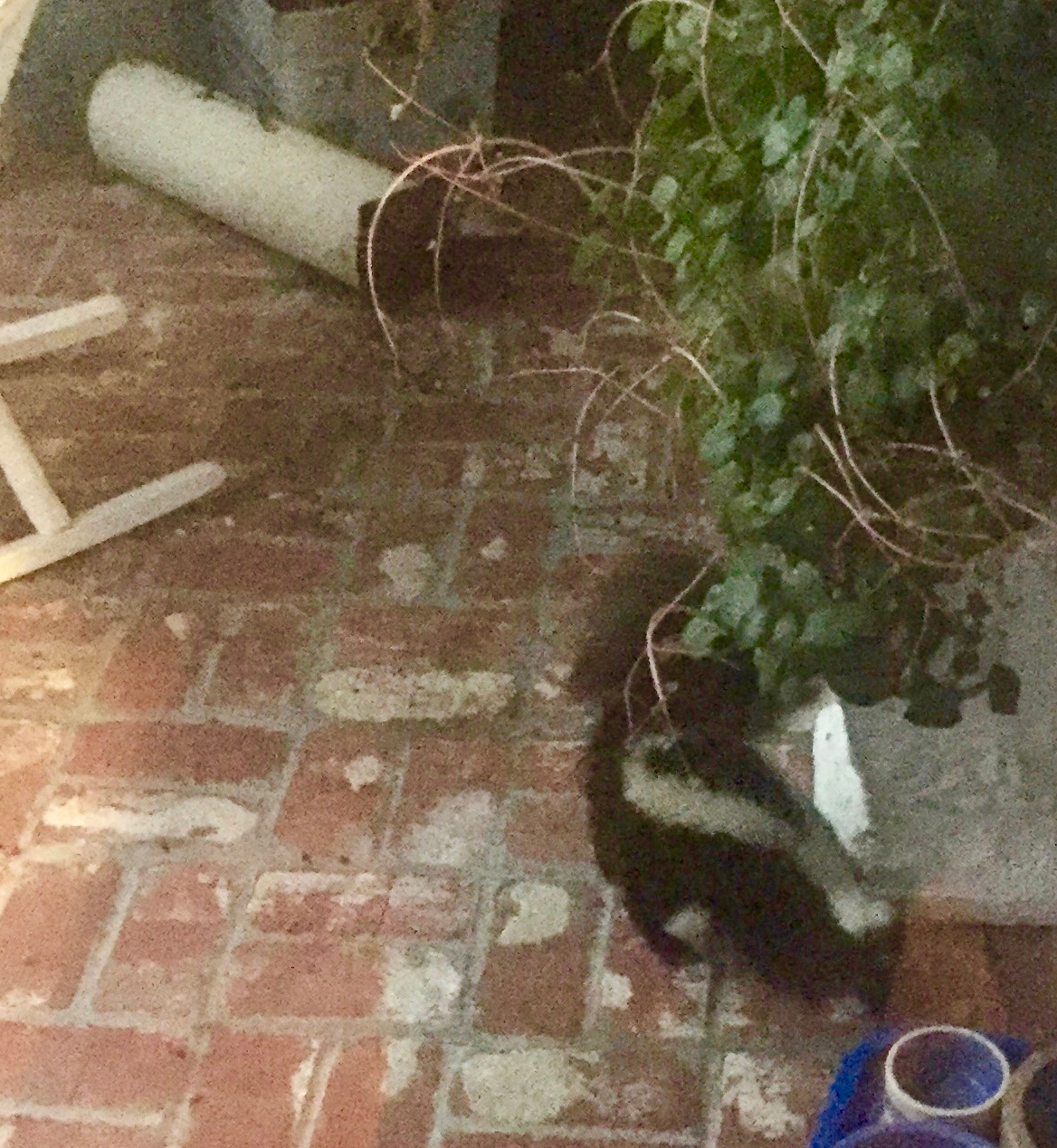
Striped skunks have been increasingly bold, coming right up to my back door. These nocturnal mammals, although adorably cute from afar, should not be approached as they can spray as a defense mechanism their strong musk several times with an accuracy of twelve feet. In addition, skunks are carriers of rabies. As much as their smell is disgusting, skunks are beneficial for reducing rodents and pesky insects. However, once they take up residence in your yard, garage, shed, or deck, they are problematic. Do your best to secure entry holes in and under buildings and decks. Skunks can burrow as they forage to go from outside to in. If skunks are bothering you, call Vector Control at 925-771-6190 to request a skunk inspection.
In case your pet is sprayed, try this homemade neutralizer recipe:
STINK REMOVER RECIPE
1 quart 3% hydrogen peroxide
¼ cup baking soda
1 teaspoon dishwashing detergent
Mix together and wash your pet keeping the concoction out of the eyes, nose, and mouth. Rinse with water. If necessary, wash again. Do not bottle or store this solution as a chemical reaction could cause an explosion.
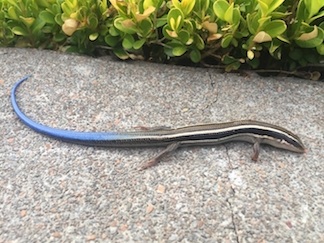
Blue tailed lizards, also known as skinks, have provided hours of entertainment as the sprint from rock to rock. Some veterinarians state that skinks may be poisonous to pets, specifically cats, although there are no concrete published studies. Having bright coloring on the skin often indicates that an animal is venomous or unpalatable but in the case of the blue tailed skink this quality is a useful decoy inviting birds to attack the tail and not its vital organs. Lizard tails regenerate. Lizards are excellent garden protectors eating many of the bothersome insects that plaque our landscapes. Welcome them.
Grapes are ripening on the vine as the sun kisses the clusters. Bunches resemble still life paintings with their colors of blue, purple, absinthe, and rose. (Next month be on the look out for my article on our Lamorinda grape harvest!) Hydrangeas that were originally a deep vermillion are showing florets of lime green mottled with pink. Green is the most prevalent color in nature. It’s enlightening to take time to truly immerse your senses in the multitude of shades and hues before the leaves turn amber, gold, crimson, and red.
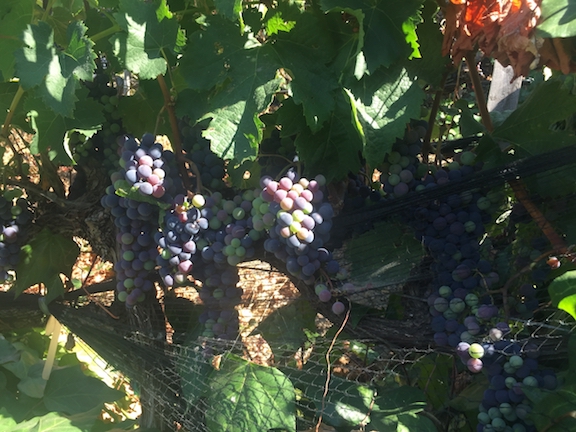
When the weather allows, get outside to enjoy the call of the wild. Bring the breath of the earth into our souls by soaking in nature outside. Out is in. Inhale deeply.
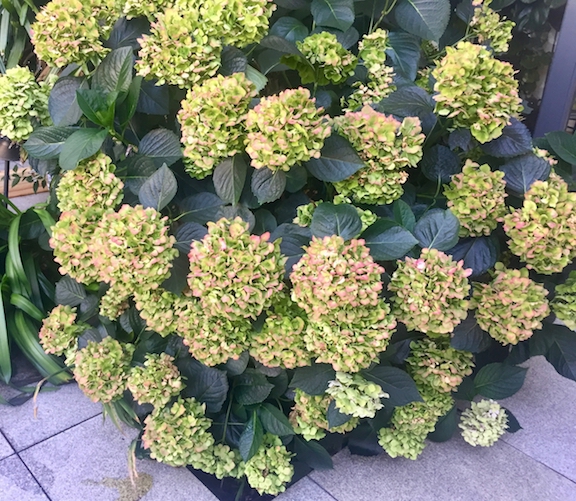
Cynthia Brian’s Gardening Guide Tips for September
FEED Monarchs with enriching nectar for both the caterpillars and butterflies by planting Swamp Milkweed, Pink Common Milkweed, Asters, and Liatris.
EAT ugly and imperfect fruits and vegetables. About one-third of all food produced worldwide, worth around $1 trillion, gets lost or wasted in food production and consumption systems. Deformed produce tastes the same and is as nutritionally viable as perfect pieces. For bruised fruit or vegetables, cut off the bad bits, make a sauce, or a soup.
WATER deeply when your garden is thirsty in the early morning or evening. Do not water during the heat of the day or you’ll be wasting H20 and may burn your plants.
TAKE 20% off new season vegetable seeds from Renee’s Garden. Enter code 18INTRO at checkout. Offer ends 9/15/17. Receive 50% off 2017 seeds. www.reneesgarden.com
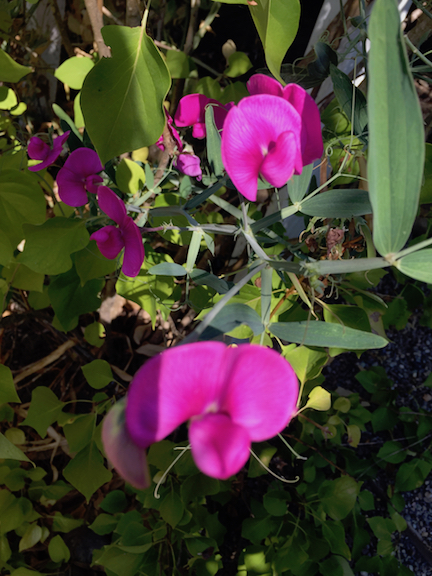
USE vegetable stems and trimmings for sauces, sautés, and soups. Broccoli stalks can be shaved for a salad, potato peels baked for chips, carrot and cilantro tops made into a pesto. Get creative and don’t waste any part of an edible vegetable. Note, do not eat the leaves of rhubarb as they are toxic.
AVOID aches and pains while gardening by stretching before and after your work.
CHOOSE plants for color, shape, size, visual texture, and foliage when planning your garden.
VISIT the Pear and Wine Festival on September 23 at the Moraga Commons. Make sure to stop by the Be the Star You Are!® booth for fun activities for the kids. Thanks to Michael VerBrugge Construction, The Lamorinda Weekly, and MB Jessee painting for making the booth possible. Consider making a donation to Operation Hurricane Harvey Disaster Relief to help the displaced in Texas. http://www.bethestaryouare.org/events

DIVIDE crowded perennials once they have finished blooming. This includes Naked Ladies.
FERTILIZE your acid loving plants including roses, rhododendrons, azaleas, camellias, fuchsias, ferns, and begonias.
PICK Asian pears and apples that are ripe.

The best way to get in contact with me is via email at Cynthia@GoddessGardener.com. As much as I appreciate your questions and concerns, I am unable to respond to the numerous phone calls. Thanks for understanding!
Happy Gardening and Happy Growing!
Read More: https://www.lamorindaweekly.com/archive/issue1114/Digging-Deep-with-Cynthia-Brian-Outside-in.html
Cynthia Brian
Cynthia Brian, The Goddess Gardener, is a New York Times best selling author, actor, radio personality, speaker, media and writing coach as well as the Founder and Executive Director of Be the Star You Are1® 501 c3.
Tune into Cynthia’s Radio show and order her books at www.StarStyleRadio.com
Available for hire for any project.
Cynthia@GoddessGardener.com


